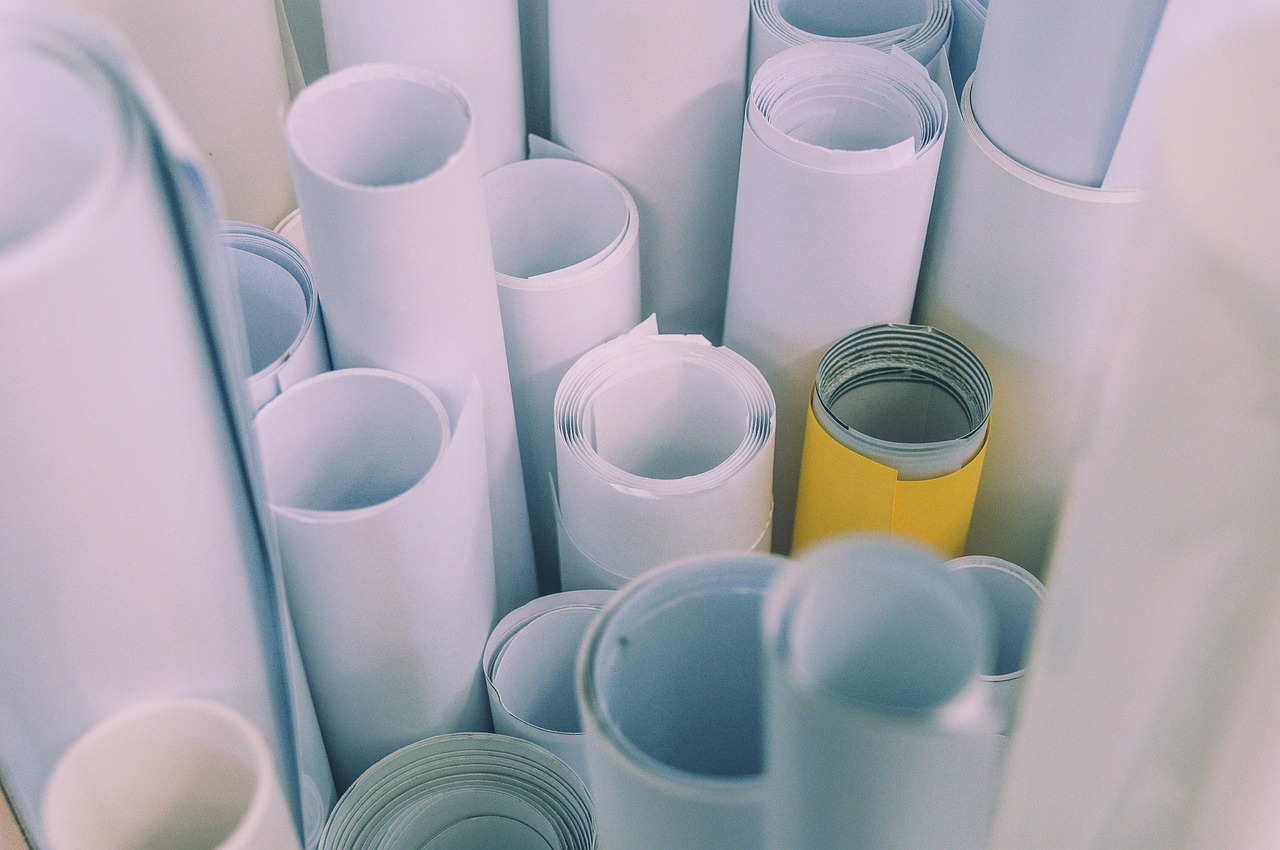Choosing the right coating for your project is crucial for ensuring durability, aesthetic appeal, and overall product performance. With a multitude of options available, production managers and designers face the challenge of selecting a coating solution that meets their specific requirements without compromising quality or budget. This blog will outline seven key considerations to help you make informed decisions when choosing industrial coatings for your projects.
The selection of a coating involves evaluating factors such as substrate material, environmental exposure, application method, and performance characteristics. At Prime Colors, Ahmedabad, we specialize in various coating technologies, including Solid Color Coating, Polyethylene (PE) Coating, and Solid Color Coating on Laminate Paper. Our expert insights will guide you through the complexities of coating selection, highlighting the commercial and technical advantages of each option.
"A well-chosen coating solution can extend product life and enhance aesthetic appeal, offering substantial ROI for businesses." - Industry Expert
Understanding the specific needs of your project is vital. For instance, coatings must be compatible with the materials being used, withstand environmental stresses, and meet industry regulations. By focusing on these aspects, businesses can leverage the right coating technology to achieve superior performance and cost-effectiveness.
1. Substrate Compatibility: What Material Are You Coating?
The first consideration is the substrate material. Different coatings adhere better to specific materials. For example, our Solid Color Coating is ideal for paper and paperboard substrates, providing a vibrant finish that enhances visual appeal. Conversely, Polyethylene (PE) Coating is designed for applications requiring moisture resistance, making it suitable for food-grade packaging and protective liners.
- High adhesion properties for various substrates
- Enhanced durability and moisture resistance
- Custom color matching for brand consistency
- Food-safe coatings for packaging applications
- Environmentally friendly options available
2. Environmental Resistance: Will It Stand the Test of Time?
Coatings must withstand specific environmental conditions, such as humidity, UV exposure, and temperature fluctuations. For instance, our Solid Color Coating on Laminate Paper offers exceptional resistance to scratches and stains, making it perfect for furniture and architectural applications. Case studies reveal that our coatings have extended the life of products by up to 50%, significantly reducing the need for replacements.
3. Application Method: How Will You Apply the Coating?
The method of application can affect the coating's performance. Whether you choose spray, roll, or dip coating, each method has its advantages and limitations. For example, PE Coating is typically applied via extrusion, ensuring a uniform layer that enhances durability and reduces waste during production.
4. Performance Characteristics: What Properties Do You Need?
Consider the specific performance characteristics required for your project. Do you need a coating that is heat-sealable, tear-resistant, or moisture-barrier? Our PE Coating not only provides an effective barrier against moisture and grease but also enhances tear resistance, making it ideal for packaging applications.
5. Aesthetic Appeal: How Important Is Design?
Aesthetics play a crucial role in product appeal, especially in the furniture and packaging industries. Our Solid Color Coating allows for a wide range of custom colors and finishes, enabling you to create visually stunning products that stand out in the market.
6. Regulatory Compliance: Are You Meeting Industry Standards?
Ensure that your chosen coating complies with relevant regulations and standards, particularly in industries like food packaging. Our PE Coating solutions are designed to meet stringent safety standards, ensuring that your products are compliant and safe for consumer use.
7. Cost-Effectiveness: What Is Your ROI?
Finally, evaluate the cost-effectiveness of your coating choice. Higher-quality coatings may have a higher upfront cost but can lead to lower maintenance and replacement costs over time. Investing in superior coatings, such as our HPL paper coating, can dramatically improve product longevity and reduce overall lifecycle costs.
In conclusion, selecting the right coating technology is essential for optimizing product performance and aesthetic appeal. By considering factors such as substrate compatibility, environmental resistance, and cost-effectiveness, you can ensure a successful outcome for your project. At Prime Colors, we are committed to providing tailored coating solutions that meet your unique requirements. Request a Technical Consultation today to discuss your project specifications or Download Our Spec Sheet to learn more about our services.
